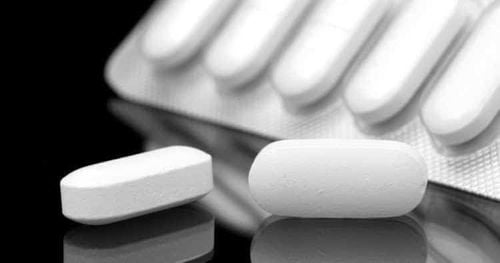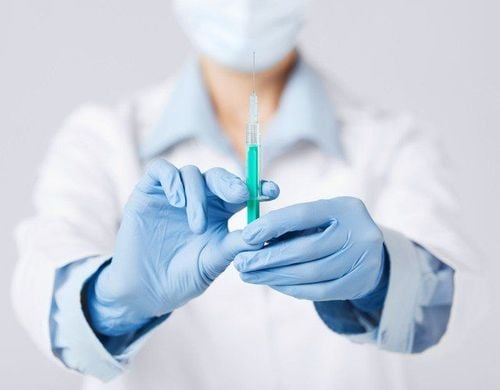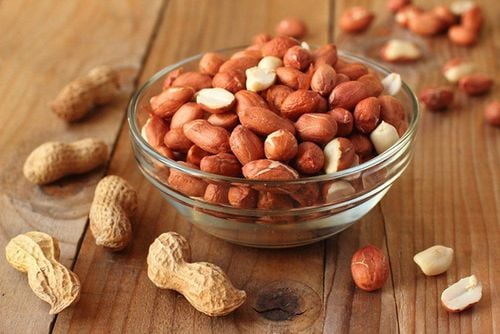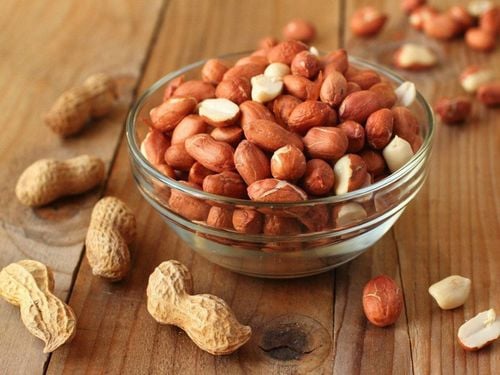This is an automatically translated article.
Posted by Master, Doctor Mai Vien Phuong - Department of Examination & Internal Medicine - Vinmec Central Park International General Hospital
If approved, a new peanut allergy treatment could allow children to eat small amounts of peanuts without having a severe allergic reaction.
1. Peanuts can lead to serious allergic reactions and even hospitalization.
For kids with peanut allergies, every bite of food outside the house causes anxiety.
Exposure to small amounts of peanuts in cookies, cakes or other foods through cross-contamination can lead to severe allergic reactions and even hospitalization.
The results of a new study could lead to the approval of a new treatment that reduces the risk of these types of potentially deadly reactions, bringing relief not only to children but also to both their parents.
This treatment is not a cure for peanut allergy. It is also not designed to allow children to eat whole peanut butter and jelly sandwiches. Instead, the aim is to allow them to tolerate small amounts of peanuts.
“Being able to safely eat a peanut or two is a huge improvement in children's quality of life – when they go to friends' houses for the night or go out to eat, for example. , and they avoid peanuts but may still inadvertently ingest small amounts,” said Dr. Stephen Tilles, one of the study's co-authors and past president of the College of Allergy, Asthma and Immunology. United States said.
For many children with peanut allergies, this is protective enough.
“Some kids never want to eat food with peanuts. They just want protection in case they're exposed to it,” says Dr. Tina Sindher, assistant clinical professor at the Sean N. Parker Center for Allergy & Asthma Research at Stanford University, who was not involved in the study. save, said.
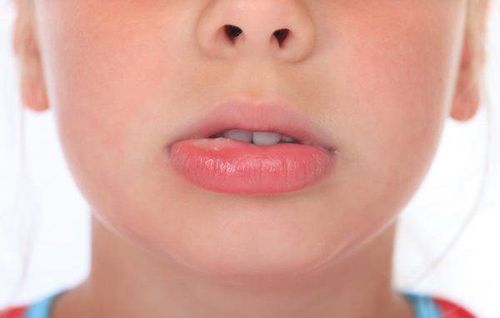
2. What do the studies say?
The results of the study were presented at the American College of Allergy, Asthma and Immunology in Seattle and published in the New England Journal of Medicine.
In the study, 372 children with peanut allergies consumed an increasing amount of peanut protein each day for the sixth month, starting with small amounts. This was followed by six months on a "maintenance dose," the equivalent of one peanut per day.
This type of treatment is called oral immunotherapy and is designed to build the immune system's tolerance to the allergen.
After one year, more than two-thirds of these 4 to 17 year olds were able to consume 600 milligrams of peanut protein – the equivalent of two peanuts – in a “symptom-free” food challenge. light".
In contrast, only 4% of the 124 children who took the peanut-free powder throughout the study - the placebo group - were able to tolerate the same amount of peanut protein.
Half of the children in the treatment group were also able to safely consume 1,000 milligrams of peanut protein during the food challenge.
3. Not all children benefit from allergy treatment
However, this treatment may not work for everyone.
Almost all children experienced some adverse reaction during the study. The most common occurrences in children taking peanut protein were gastrointestinal upset, vomiting, nausea, itchy skin, cough, and throat irritation.
About one-third of the children in the treatment group had only mild symptoms, compared with 50 percent in the placebo group.
Serious adverse events occurred in 4.3% of children in the treatment group and less than 1% of the children in the placebo group.
Additionally, over the course of the study, 14% of children in the treatment group received epinephrine injections for severe allergic reactions, compared with 6.5% of children in the placebo group.
Some side effects were so bad that some children dropped out of school before the end of the study - almost 12% of the children in the treatment group. Sindher is not surprised by this high dropout rate.
“We see this all the time in the clinic,” she says. “Some children do not tolerate oral immunotherapy. For example, some have had an anaphylactic reaction to a dose they've taken for two or three weeks in a row. There's a lot of variation in the real world. "
4. It is impossible to predict which children will react badly.
Unfortunately, it is impossible to predict which children will react badly. "It's hard to know who will get treatment in a year or two," says Tilles. But this trial shows that, after at least one year of treatment, a large proportion of patients remain healthy.”
While the study has caused quite a stir in the allergy community, there are some caveats. The protein powder used in the study, called AR101, was developed by Aimmune Therapeutics, the company that designed and funded the clinical trial. The New York Times reports that five of the 13 main authors are employees of Aimmune Therapeutics. Others are paid to serve on the company's scientific advisory board.
Treatments still need to be approved by the US Food and Drug Administration before being available in a clinic. But there will probably be a great demand for it.
According to the Food Allergy Research & Education website, the prevalence of peanut or tree nut allergies in children in the United States more than tripled between 1997 and 2008.
About 40 percent of children have allergies food allergy has experienced a severe allergic reaction such as anaphylaxis.
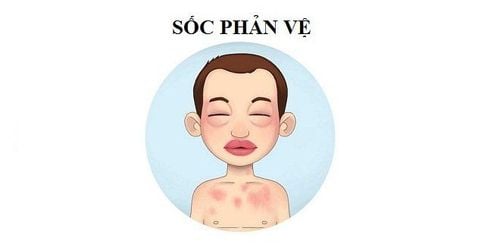
5. Other peanut allergy treatments are being studied
This is not the only potential treatment for a dangerous and deadly food allergy being studied.
Many treatments for peanut and other food allergies are currently in development. Sindher says many of these drugs are designed to help children tolerate oral immunotherapy.
DBV Technologies has applied to the FDA for an immunotherapy patch that delivers very small amounts of peanuts into the skin - micrograms, not milligrams.
Sanofi company is working on a sublingual immunotherapy. In addition to peanut protein, it includes a compound that may increase the immune system's tolerance to peanut allergens.
Another treatment being tested uses omalizumab - the allergy drug Xolair - immunotherapy alongside. This medication blocks an antibody involved in peanut allergic reactions.
Stanford researchers are also testing a DNA vaccine that can reduce the body's inflammatory response to peanuts. The vaccine also doesn't include real peanut proteins, so the risk of an anaphylactic reaction during treatment is lower.
6. Does this mean peanut allergies will soon be a thing of the past?
Sindher doesn't think so. "If anything, we're seeing peanut allergy rates go up every year," she said. But we are offering more treatments. We are also trying to learn more about food allergies to help devise prevention strategies.”
A 2015 study found that introducing peanuts to babies early can reduce the risk of developing a peanut allergy.
These treatments can give children more options than just “avoid, avoid, avoid” and carry two EpiPens everywhere they go.
Sindher says: “If the treatment works, children will be protected when they eat the equivalent of a peanut. This is what we call 'no bite.' If a child accidentally bites a peanut cookie, they won't need to be taken to the hospital."
However, there is a line of research that could significantly reduce the need for these types of methods. this treatment - it's genetically engineered a hypoallergenic peanut, which researchers are working on right now.
Please dial HOTLINE for more information or register for an appointment HERE. Download MyVinmec app to make appointments faster and to manage your bookings easily.






